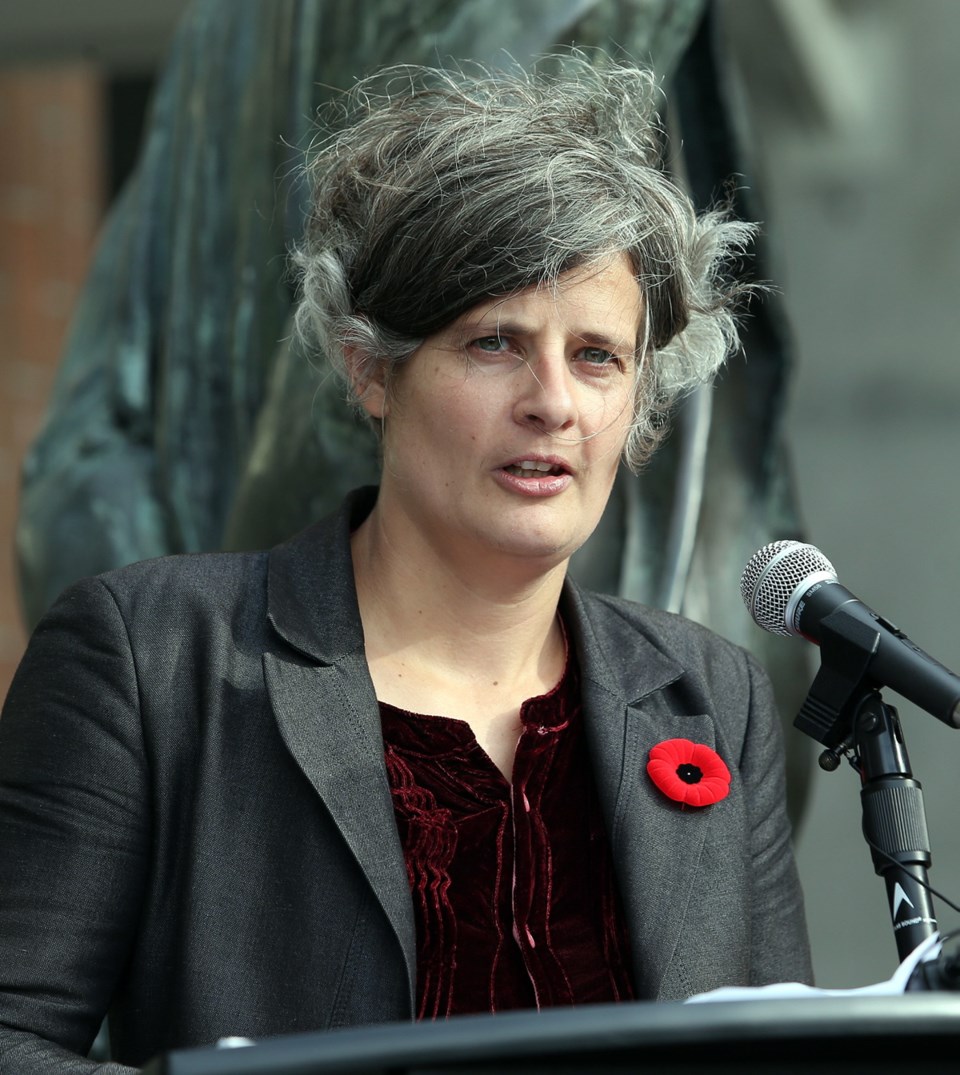The availability of apartments for rent in Greater Victoria dropped in the past year, bucking a national trend where availability increased slightly.
Figures released by Canada Mortgage and Housing Corp. show apartments available for rent in Greater Victoria dipped to 0.6 per cent in October, down from 1.5 per cent a year ago. The federal agency said in its report rent increases remained “stable” at 2.6 per cent.
Meanwhile, across Canada’s 35 largest urban centres the average vacancy rate in rental apartment units increased to 3.3 per cent in October from 2.8 per cent during the same month in 2014.
The drop in apartment availability is no surprise to Victoria Mayor Lisa Helps, whose municipality struggles more with the issue of homelessness than any other in the Capital Regional District.
“It’s confirming what we already know,” said Helps in an interview. “We know it’s a crisis.”
She said in the past two weeks Victoria council has agreed to a number of measures to stimulate the development of rental housing, with rents aimed at people working in low-income jobs.
“Too often, we sit around and point at senior levels of government when there are ways the city, with its own policies, can stimulate the development of rental housing,” said Helps.
She said she has started to think about housing as an eco-system, with various accommodations, rents and types for people of different incomes, circumstance and family sizes.
For example, workers, perhaps just starting out, will need modest apartments.
But as their experience grows, income improves and families begin, they move on to other accommodations, leaving an apartment for someone else who is just starting out.
“We need to think about how municipalities with their policy tools and the how the provincial and federal governments with their policy tools can really address the whole housing eco-system,” said Helps.
Meanwhile, the president of the Canadian Federation of Apartment Associations, representing more than a million owners and managers of rental suites across the country, said the CMHC numbers in Victoria are not as dire at they might appear.
John Dickie said in an interview from Ottawa, CMHC focuses on apartment buildings, specifically built for the rental market.
Dickie said Greater Victoria is well served by what his association calls the “secondary market” — houses, condominiums, duplexes or in-home suites rented out by their owners.
Dickie said in 2013 Greater Victoria could count about 24,000 rental apartments specifically built to be rented. At the same time it could count about the same number of secondary units for rent.
“Everyone thinks about the rental market as apartment buildings,” he said. “But there is an awful lot of units being rented besides that.”
Nevertheless, the chief executive officer of LandlordBC, the west coast affiliate of the Canadian Federation of Apartment Associations, said rental housing, built specifically to serve the rental market, is still the best housing option.
David Hutniak said apartment buildings tend to have more stable ownership and so can provide more secure, long-term housing than a basement suite.
“We continue to encourage all levels of government to support the building of what we call purpose-built rental,” said Hutniak from Vancouver.
“It’s really the best from of rental housing,” he said.



